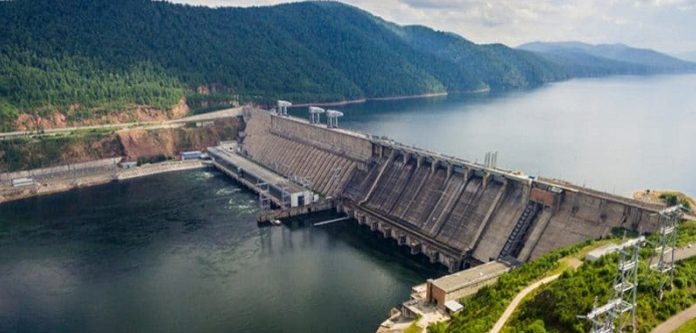Introduction
The Congo River, one of the world's most powerful waterways, courses through the heart of Central Africa, shaping the region's history, culture, and environment. As the second-longest river in Africa after the Nile and the second-largest river in the world by discharge volume after the Amazon, the Congo River holds tremendous significance both geographically and economically. It is vital to the people, wildlife, and economies of the Democratic Republic of the Congo (DRC), the Republic of the Congo, and surrounding nations.
Geographical Significance
Stretching approximately 4,700 kilometers (2,920 miles), the Congo River originates in the highlands and mountains of the East African Rift in Zambia. It flows in a grand arc through the rainforests and savannahs of the Congo Basin, eventually emptying into the Atlantic Ocean. Its basin, covering over 4 million square kilometers, is the largest river basin in Africa and supports the second-largest tropical rainforest in the world after the Amazon Rainforest.

The Congo River features a network of tributaries that create a vast waterway system crucial to transportation in a region where road infrastructure is often lacking. Key cities along the river include Kinshasa, the capital of the DRC, and Brazzaville, the capital of the Republic of the Congo, which are located just across the river from each other.
Hydroelectric Power Potential
The Congo River is renowned for its immense hydroelectric potential. Its powerful rapids and waterfalls, particularly the Inga Falls, are seen as a key to unlocking energy for much of Africa. The Inga Dam project, located near these falls, has the potential to produce more electricity than any other hydroelectric dam in the world, theoretically powering much of Africa if fully developed.

Currently, the Inga Dam produces a portion of its potential, but future phases of the project—if successfully realized—could transform the energy landscape of the continent. Such developments, however, have been slow due to political instability, financial challenges, and environmental concerns.
Ecological Diversity
The Congo River Basin is home to extraordinary biodiversity, including many species that are endemic to the region. The river and its surrounding forests host iconic wildlife such as gorillas, elephants, bonobos, and an array of bird species. The river itself supports numerous fish species, many of which are found nowhere else on Earth.
One of the most remarkable creatures in the Congo River is the African dwarf crocodile, along with a variety of freshwater fish that have evolved in the river's unique environment. The river’s ecological importance extends beyond its immediate surroundings, as it plays a crucial role in regulating the global climate by absorbing carbon dioxide from the atmosphere.

Cultural and Economic Importance
The Congo River has long been a central lifeline for the people of Central Africa. It supports fishing, agriculture, and trade, and has been a major transportation route for centuries. Today, many communities living along its banks rely on the river for their livelihoods. In addition, the river acts as a natural highway, linking inland communities with coastal regions and providing a route for goods and people in a region where roads are sparse.
Historically, the Congo River was a key route during the exploration of Africa by Europeans in the 19th century. It was famously navigated by Henry Morton Stanley, who charted the river on behalf of King Leopold II of Belgium, setting the stage for European colonization of the Congo and the brutal exploitation of its people and resources. The river, thus, also symbolizes the region’s painful colonial history.
Challenges and Conservation
Despite its importance, the Congo River faces numerous threats. Deforestation in the Congo Basin, driven by logging, agriculture, and mining, poses a significant risk to the river’s ecosystem. Pollution from industrial activities, including mining and oil extraction, further threatens water quality and wildlife.

Conservation efforts are ongoing, with international organizations and local governments working to protect the river's biodiversity and support sustainable development in the region. However, political instability, poverty, and conflict in the DRC and surrounding areas complicate these efforts, making it difficult to implement comprehensive conservation strategies.
Conclusion
The Congo River is much more than just a body of water; it is a lifeline for millions of people and one of the most ecologically significant rivers in the world. Its potential for hydroelectric power could transform Africa's energy future, while its diverse ecosystems continue to be a critical part of the planet's environmental health. However, for the Congo River to sustain its people and wildlife into the future, balancing development with conservation will be essential. As Africa's "wildest" river, the Congo remains a vital artery for both the continent’s past and future.
The Congo River: Africa’s Lifeblood of Culture, Trade, and Ecology